 |  |
|
C.A.R.S. News |
 |
 |
|
|
|
|
Logos are incorporated for illustrative purposes only and are incorporated under the fair use provisions of U.S. Copyright Law. They remain trademarks of their respective owners.
|
| |
 |
 |
|
Welcome to the
Crawford Amateur Radio Society
|
 |
| |
|
 |
 |
 |
|
| |
| |
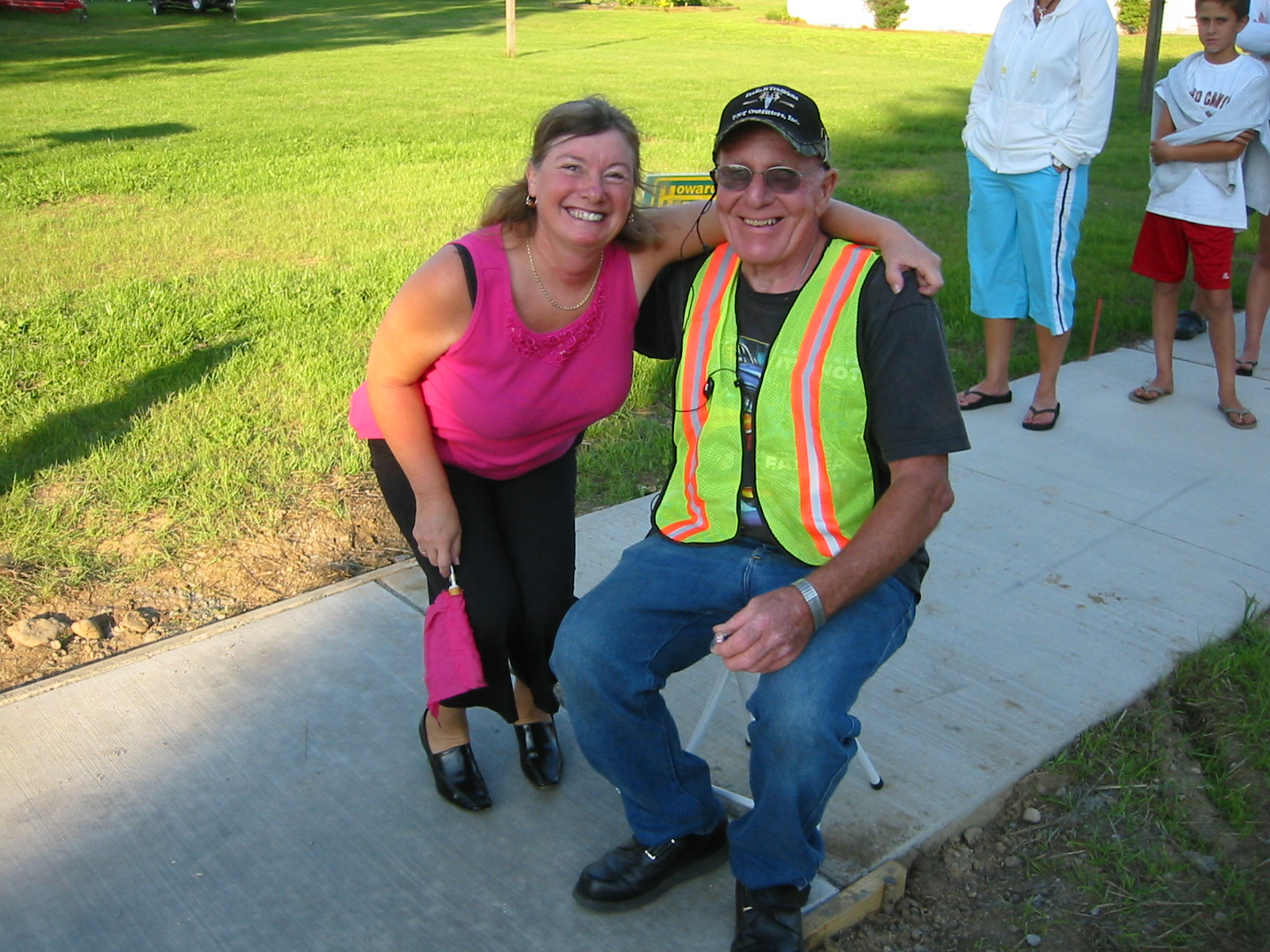
The next public service event is the Cochranton Area Fair Parade on Wednesday August 3rd, 2011.
Amateur radio operators will help check the parade lineup using a simplex 2 meter frequency.
If you can volunteer, checkin on the nightly 9pm net and let your voice be heard.
|
|
|
 |
 |
 |
 |
 |
|
Echolink has returned to the 147.03 repeater thanks to the efforts of KB3UZP, Matt. Over the air DTMF tones are now available
and you can connect to it while traveling with the use of your smartphone and echolink software.
More information on the node can be found at this link.

|
|
| | |

|
 |
| |
|
Attention all Amateur Radio Emergency Service Operators,
please fill out and submit
a new ARES application even if you have already filled it out prior to 2011.
| |
 |
|
|
Interested in becoming an amateur radio operator or want to upgrade?
The local VE team offers test sessions locally
at St. Brigid's social hall on Arch Street in Meadville, PA
please pre-register for the next session by contacting
ww3s@zoominternet.net
| |
|

Thanks to all those that stopped out to visit our Field Day site in June. Pictured is KC2HQE and KB3UVO
| |
| | | |
 |
 |
 |
|
If you would like to become a member
Click on this link for an application. Print it off, fill it out, and mail it in or bring it to the next
meeting.
We hold club meetings the third Tuesday of each month.
The next meeting of the Crawford Amateur Radio Society
is Tuesday
August 16, 2011 at 7:30pm. We will meet at St. Brigid's Church Social Hall on Arch Street in Meadville.
Club Dues are $15.00 for 2011
C.A.R.S.
P.O. Box 653 Meadville, PA 16335.
We are a member of the ARRL Western Pennsylvania Section (WPA)
Section Manager is John V. Rodgers, N3MSE
803 S Main St. Butler, PA 16001-6326
n3mse@arrl.org 724-287-0424
In February, Congressman Peter King of New York Chairman of the House Homeland Security Committee, introduced H.R. 607, called the “Broadband for First Responders Act of 2011.”
It has been referred to the House Energy and Commerce Committee. The bill would create a nationwide Public Safety broadband network which would allocate the so-called “D-Block” of spectrum in the 700 MHz range for Public Safety use.
These are part of the old UHF television frequencies no longer in use. The bill also includes other frequencies that are to be taken.
The bands to be sold at auction include the paired frequencies of 420-440 MHz (most of our amateur 70-cm band) and 450-470 MHz and sold to commercial users.
Here’s how you can help. Write a letter for your congressional representative, but send it to ARRL’s legislative consultants Chwat & Co.
You may also send a signed letter via email arrl@chwatco.com or fax 703-684-7594
They will collect and hand-deliver your letter and you don't have to be an ARRL member to do so. You can find a sample letter, the name of your representative and where to send it for hand delivery, to be sure it gets to them,
at www.arrl.org/sample-letters
To view the ARRL response to this bill go to www.arrl.org/hr-607

The 2011 Chevy Camaro Convertible boasts new AM/FM antenna technology, thanks to its fans and one ham radio operator.
Fans spoke out after leaked photos of the new Camaro revealed an AM/FM whip antenna on the rear deck lid.
Chevy turned to ham radio operator and antenna expert Don Hibbard to help redesign the car's antenna.
Full article is on C-Net
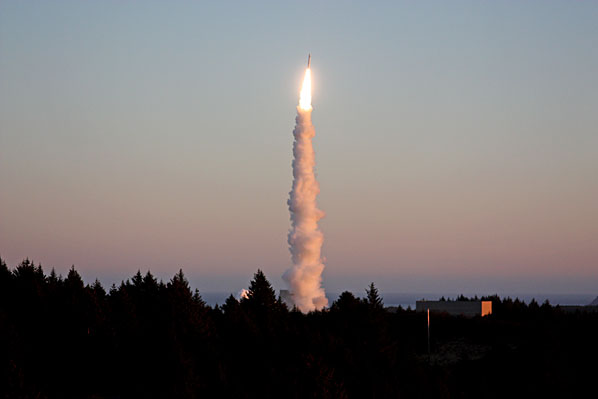
Five new Amateur Radio Satellites are in orbit with signals have been reported from FASTRAC-2 (Emma), O/ORES and RAX.
Nominal Frequencies incluide:
- FASTRAC-1 "Sara Lily" 437.345 MHz FM AX.25 1200bps
- FASTRAC-2 "Emma" 145.825 MHz FM AX.25 1200bps
- RAX-1 437.505 MHz
- O/OREOS 437.305 MHz
- Nanosail D2 0.5 sec beacon every 5 sec on 437.275 MHz.
Check out these sites for updates on the new satellites
RAX Twitter: www.twitter.com/RAX_2010
 FASTRAC Facebook www.facebook.com/fastracsats
FASTRAC Facebook www.facebook.com/fastracsats
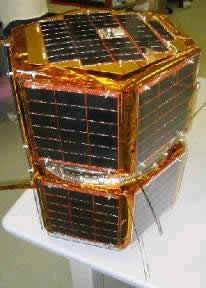 FASTRAC Twitter www.twitter.com/fastracsats
FASTRAC Twitter www.twitter.com/fastracsats
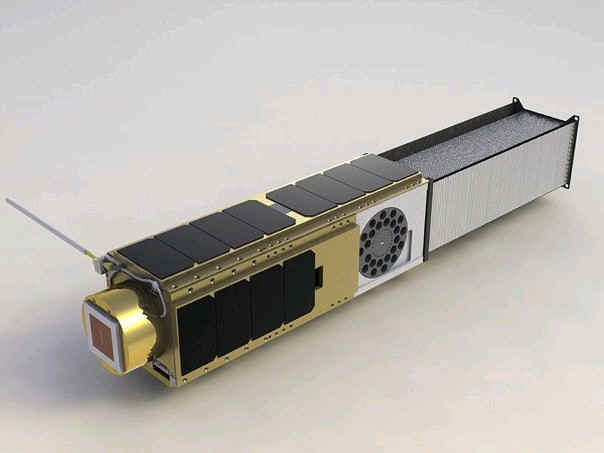
O/OREOS www.crestnrp.org
NanoSail-D2
 AMSAT Bulletin Board (AMSAT-BB)
AMSAT Bulletin Board (AMSAT-BB)
www.amsat.org/amsat-new/tools/maillist
Orbiter Forum www.orbiter-forum.com

The Radio Amateur Satellite Corporation is a non-profit volunteer organization which designs,
builds and operates experimental satellites and promotes space education. There
is a wealth of amateur satellite information on this website.
| |
|
|
In its heyday, the Commodore 64 was one of the most successful home computers made, shipping more than two million units a year for almost a decade after its release. Although exact numbers don't exist, experts estimate that the company sold between 15 and 30 million Commodore 64 computers.
It was used in many packet radio setups and it just may reappear in your hamshack.
Barry Altman, president and chief executive of Commodore USA, said he purchased the Commodore trademark in September of last year with the goal of reviving the company and offering a product that no longer exists.
The new Commodore 64, which will begin shipping at the end of the month, has been souped up for the modern age. It comes with a 1.8 gigahertz dual-core processor, an optional Blu-ray player and built-in ethernet and HDMI ports. It runs the Linux operating system but the company says you can install Windows if you like. The new Commodore is priced between $250 to $900.
|
| |
 |
 |
 |
 |
 | |

Severe Thunderstorm and Tornado Warnings are also simulcast on the 145.13 repeater when they are issued for Crawford County, PA
Skywarn Storm Spotting is probably one of the most active activities for amateur radio operators.
Get ready for the next outbreak of severe weather, download the
National Weather Service skywarn report form.

The Crawford County Amateur Radio Emergency Simplex Radio Frequency is 147.525 When an
event requires an activation of a net on simplex this is the frequency that will
be used and 146.52 will be used for a calling frequency and should not be used
to run a net in Crawford County. The Sunday night Emergency Communciations Net
will now use the new 147.525 frequency when that alternate frequency is tested.
check out the National Weather Service radar system called Ridge 2.
Viewed using google maps
at radar.srh.noaa.gov

NOAA Weather Radio Transmitter in Meadville is on 162.475
With
special receivers you can be alerted to severe weather information using codes
specific only for the counties you want.
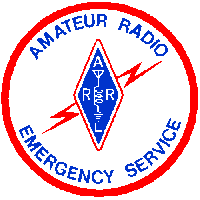
The Amateur Radio Emergency Service, ARES, is 75 years old. This program provides "ham radio" emergency communications for agencies such as
the American Red Cross, Salvation Army, countless Emergency Operations Centers and other responders in the worst of times.
The fastest way to turn an emergency into a disaster is to loose communications. In events from ice storms to Hurricanes, when normal communications systems
were down or overloaded, the Amateur Radio operators of the ARES programs filled requests for communications aid.
Over the years the program name and equipment has changed but the vision remains. In the first hours and days of a major event,
Amateur Radio is often the source of initial information on the type, scope and reactions needed to save lives.
Recognition of this capability led to formal agreements with DHS, FEMA, NOAA and other federal, state and local agencies.
The first mention of an organized Amateur Radio emergency response organization appears in the September 1935 issue of QST Magazine
You can hear and download the full 4 minute version of this report at
www.arrl.org/ares-anniversary
Researchers at the University of Leicester are developing a conceptual motor design for a Mars hopping vehicle which should lead to a greater understanding of Mars.
The hopper can collect fuel between hops by compressing gas from the Martian atmosphere and can fly quickly between sites, powered by a long-life radioisotope
power source. It could therefore study hundreds of locations over a lifetime of several years and continually radio its findings back to Earth.
The Leicester research is focused on the rocket motor, looking at its size and materials. A video illustrating the concept is available on YouTube at
Watch the concept video on Youtube
During a recent geomagnetic storm, a brief but intense G2-class event, amateur radio operator Peter Brogl of Fürth, Germany, experienced a strange
phenomenon. Forty-six seconds after he transmitted his call sign at 7 MHz, he received an echo of his own transmission. "At first, I thought someone was
playing tricks on me," says Brogl, "but I changed frequency, re-keyed my call sign (DK6NP), and got another echo." This went on for more than an hour,
enough time for Brogl to make several recordings. First reported in 1927 by Norwegian civil engineer Jørgen Hals, long-delay radio echoes are rare and
poorly understood. Unusual propagation conditions linked to solar storms is one of many possible explanations.
Listen to the audio of the echoes
Long Delayed Echo's are not a new phenomena. They were first reported in 1927 by Norwegian civil engineer Jørgen Hals but happen rarely and are not really
understood. Most researchers believe that unusual propagation conditions linked to solar storms may be one of many possible explanations.
|
| |
|
National Public Radio (NPR) recently broadcast an excellent story on amateur radio and how it's thriving in the 21st century
on the program called "All Things Considered." You can listen to the story and read an article at the
NPR website.

Future HT batteries may last much longer thanks to a new technology that utilizes silicon for lithium-ion batteries.
Graphite substrate is what has been used up to now, but the newly developed process, uses a silicon-containing gel.
It is applied to the graphite substrate material working as a buffer, cushioning the big changes in volume of the silicon during the uptake and transfer of lithium ions.
The new material can store more than double the quantity of lithium ions without changes to the battery lifetime.
The new findings came to light in the "NanoPoliBat" EU project. They have been recently submitted to the patent office by researchers together with their co-operation partner Varta Microbattery. (Science OnLine)
Organic solar cells have many advantages over the conventional silicon cells typically used for large-scale
energy production. Not only are they are considerably thinner and more flexible but are also less expensive
and quicker to produce. As such, they are well suited for powering everyday devices which are not in constant
use such as sensors or electrical appliances. The procedure to produce these new cells has been patented and
the results were published in a recent issue of
the journal Applied Physics Letters. (ScienceDaily)
| | |
| |
